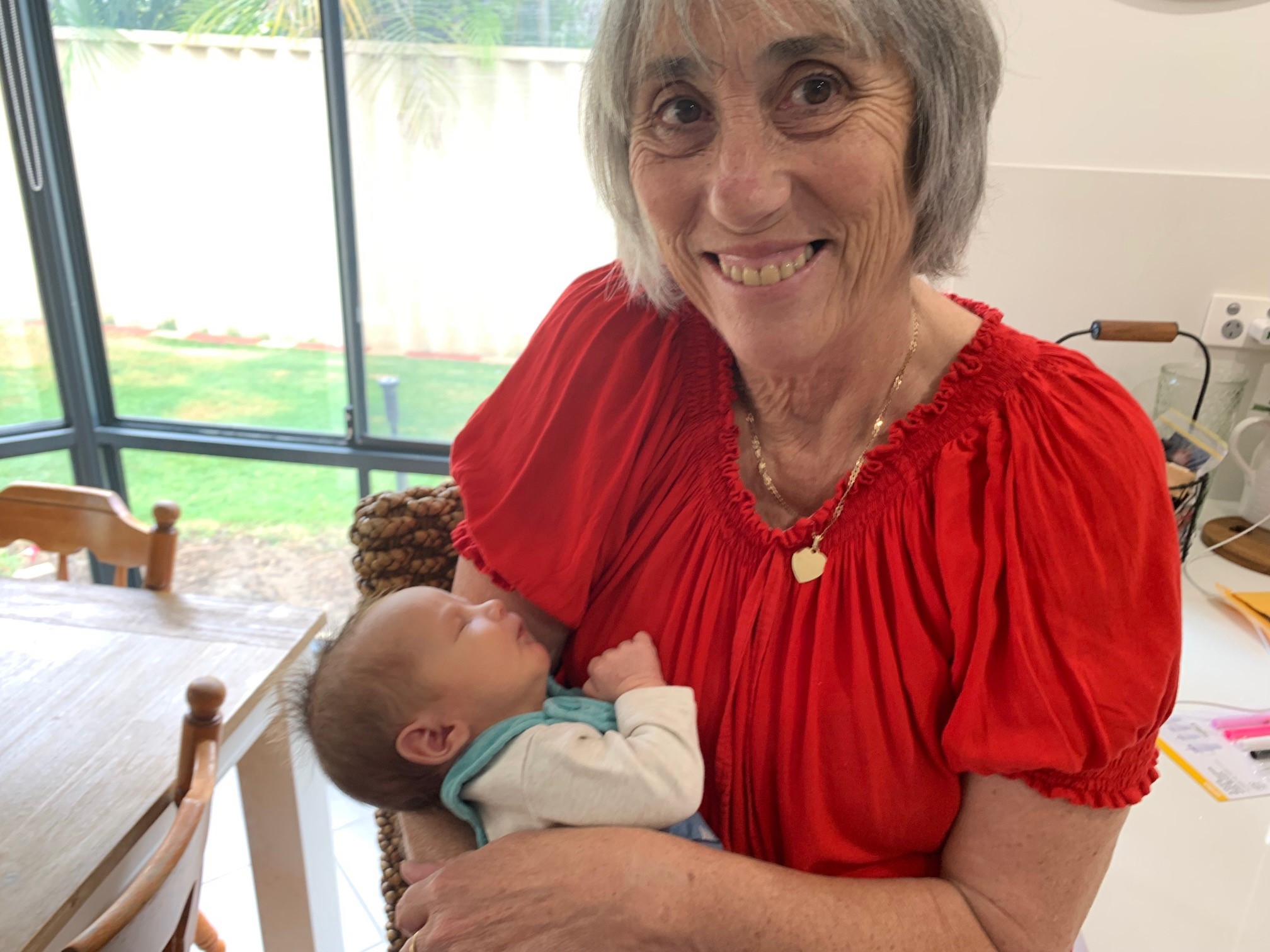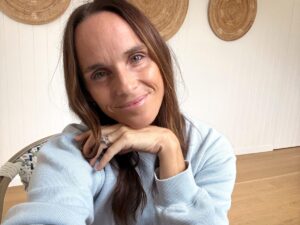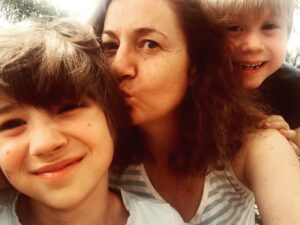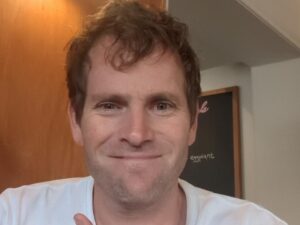Small intestinal NET, Grade 1, Stage 4. Diagnosis timeline – 5 years+
My journey with NETs is probably a stereotypical one. I had become increasingly unwell over a number of years and despite multiple tests including scans, scopes and bloods nothing conclusive could be found. It was noted that I had some lesions on my liver but they were dismissed as being nothing (even by a liver specialist).
My symptoms included episodes of uncontrollable diarrhoea, flushing, palpitations and pain after eating. I ended up with various diagnoses including IBS, depression and an eating disorder.
I am a registered nurse and I truly had no idea myself I was confused and not sure what to do. As things progressed I found I was unable to eat at all and became increasingly frail and emaciated. Easter 2021 my husband Carl and I went to visit our son in Perth, while there I became so sick that Carl decided to take me to Fiona Stanley Hospital where it was discovered that I had a bowel obstruction. The doctors said I likely had been struggling with a subacute bowel obstruction for a while, from there I was diagnosed with NETs and malnutrition.
After surgery I had a PET scan and found out that I was stage 4. I was sent for an echocardiogram and it was also discovered that I had significant heart damage. Following this I was referred to a cardio thoracic surgeon and eventually had tricuspid and pulmonary valve replacement. The surgeon said my tricuspid valve was completely destroyed and if left much longer it would have been too late.
Fast forward a year and progression was seen with an increase in liver tumours and rising CgA (cancer markers) and so I was scheduled for PRRT which I finished at the end of last year. While there is no cure for me the PRRT has significantly dampened my symptoms and my oncologist says I’m finally stable. I continue with my monthly lanreotide injections and regular monitoring.
I am sharing my story in the hope of raising awareness of this insidious disease. Even though I have worked in healthcare my entire life I had never heard of NETs until my diagnosis and I’m pretty sure none of the doctors I had seen in the lead up to diagnosis knew about it either. Since then I’ve spoken to a number of my friends both doctors and nurses who think NETs are either rare or they don’t know much about them at all. I can’t help but wonder why this is considering Neuroendocrine cancer is now the 7th most diagnosed cancer in Australia.
As for my future I plan on spending as much time as possible with my family. I have 5 beautiful grandchildren, the oldest of whom is nearly 6.

